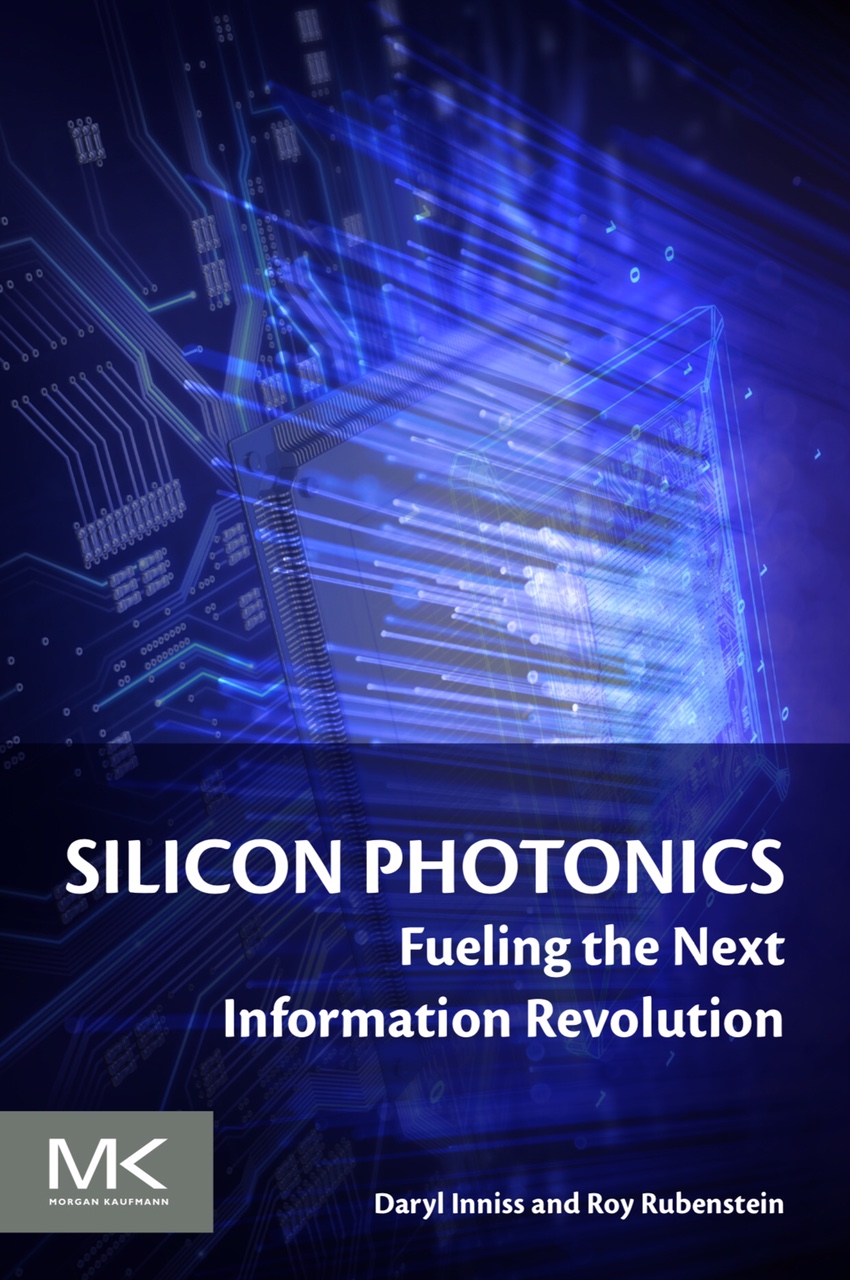Pluggable optics in need of a makeover
 Monday, October 7, 2024 at 11:24AM
Monday, October 7, 2024 at 11:24AM Current pluggable optics have stunted optical innovation for the last decade. So argues Chris Cole, industry veteran and an advisor at start-up Quintessent.
 Chris Cole
Chris Cole
Cole calls for a new form factor supporting hundreds of electrical and optical channels. In a workshop on massively parallel optics held at the recent ECOC conference and exhibition in Frankfurt, he outlined other important specifications such a module should have.
Cole, working with other interested parties in the new form factor, will present their proposal to the OIF industry body at its next meeting in November.
"I'm very optimistic it will be approved," says Cole.








